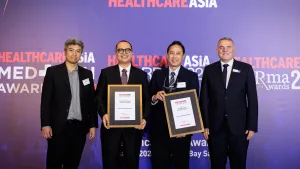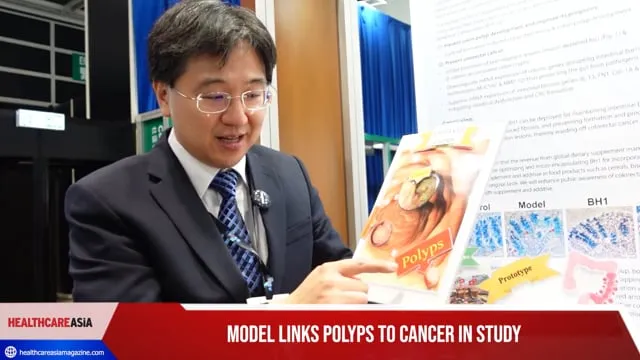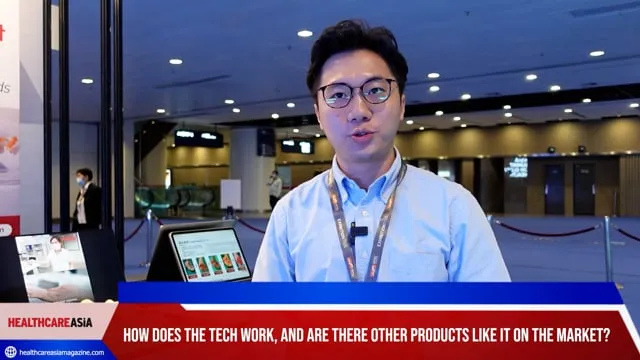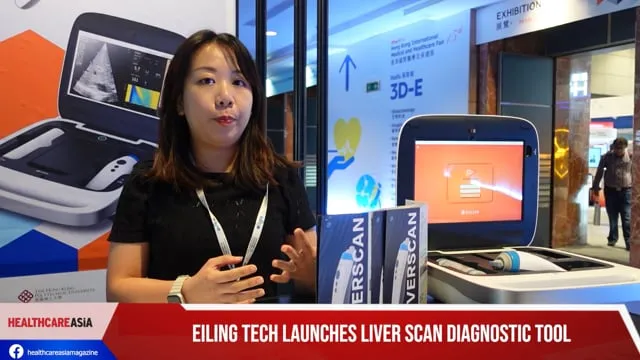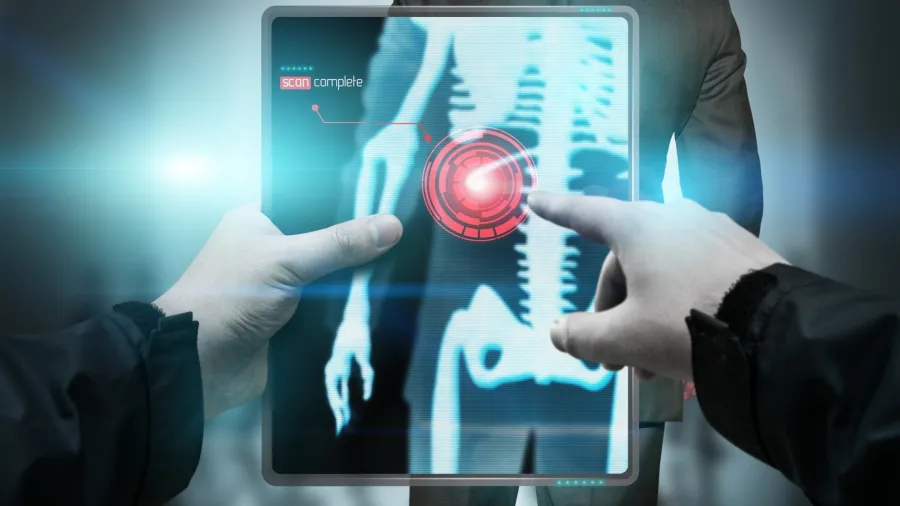
Telehealth demand to shape future of SEA healthcare: EY
Health care providers and stakeholders must collaborate to address privacy and security risks as telehealth demand grows.
An EY analysis released 27 September has found telehealth access has increased in Southeast Asia. The analysis also revealed an upsurge in telehealth demand during the COVID-19 pandemic as patients and physicians adapt.
The analysis showed the governments' role in promoting or boosting telehealth to support the sector is significant. In Indonesia, for example, the health authorities have partnered with sector players to provide COVID-19 diagnostics in remote areas. Another example is the Singapore Ministry of Health's national medical savings scheme (MediSave) to pay for the video consultations of regular follow-ups of all approved chronic diseases. As consumers become accustomed to on-demand and self-directed experiences in various areas of their digital lives, more will continue to use telehealth after experiencing its convenience.
According to EY, health care providers recognise the need to combine health and wellness offerings to meet consumer demand. For example, some telehealth platforms provide more than just teleconsultations. They also connect users to pharmacies, diagnostics, chronic disease management service providers, and non-clinical services such as weight management, home workout coaches, and insurance advisors.
Singapore has been progressively deploying the National Electronic Health Record (NEHR) to both public and private health care institutions across the country to support the One Patient, One Health Record initiative since 2011. Owned by the Ministry of Health and managed by the Integrated Health Information Systems (IHiS) agency, the NEHR system collects summary patient health records across different health care providers.
The integration of data from various health, lifestyle (e.g. wearables) and even social fronts has the potential for health authorities and policymakers to develop digital patient twins. With the digital twin, health authorities and policymakers can map health care situations against social determinants, such as demographics, to gain insight into population health planning and management.
Currently, health care authorities in Thailand and Indonesia are using telehealth to monitor COVID-19 patients in home isolation. Even when the pandemic eases, telehealth will stay, although utilisation will shift toward a hybrid model of care.
According to EY's analysis, a centralised or connected health record system requires a regulatory framework on sharing of electronic health records as well as strong government support and investment in a centrally managed system.
Moreover, a critical element for a connected health system infrastructure is good data governance to establish user trust, privacy and security.
Lessons and practices can also be gleaned from other sectors such as open banking, for example, which caused a significant shift in the financial sector.
Creating IT infrastructure built on data persistence, extensibility, and true interoperability has its challenges. In Singapore, for example, integrating data from wearable health devices and mobile apps into the NEHR system requires meeting stringent technical and security requirements, which can be difficult for smaller players. Data confidentiality and security should also be considered, as Singapore has exhibited, with an enhanced data portability obligation under the Personal Data Protection Act 2012.
Data portability, if done right, can drive business innovation and help fuel the new digital economy by lowering barriers to entry for new start-ups and allowing the provision of more targeted and personalised services.
As the care model shifts toward digitalising health, lifestyles, and wellness, policy attention needs to align governance and institutional factors with how public and private health care and wellness organisations and their partners can effectively work together.




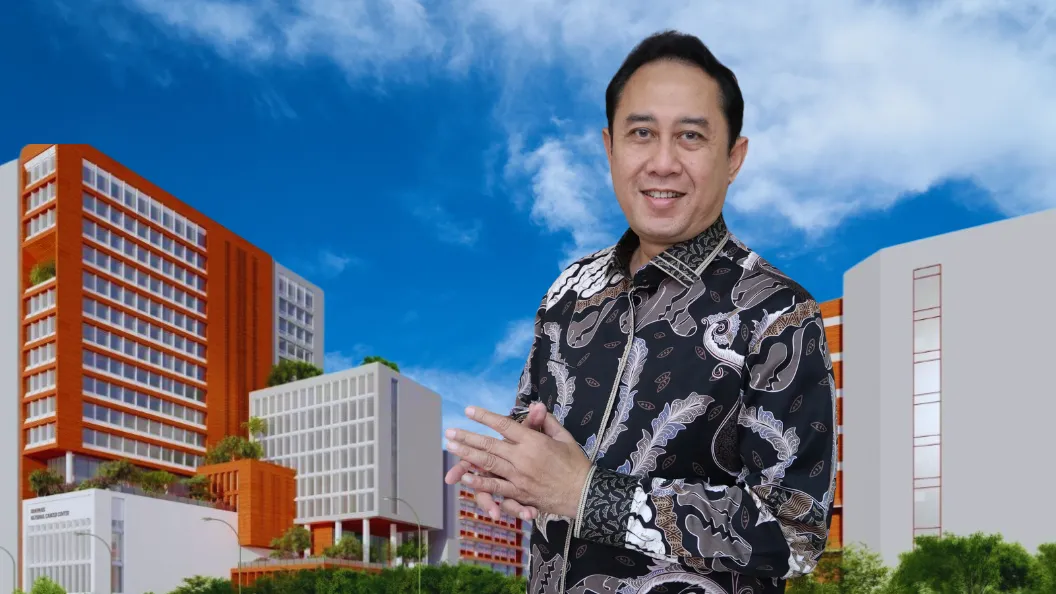
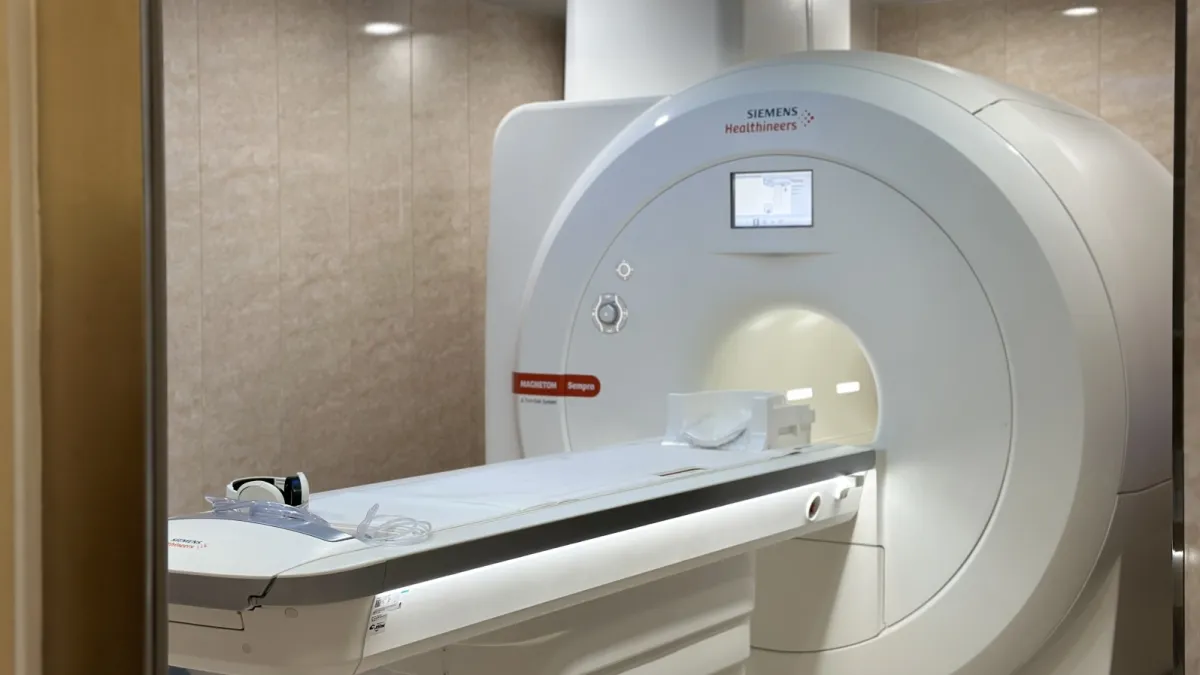





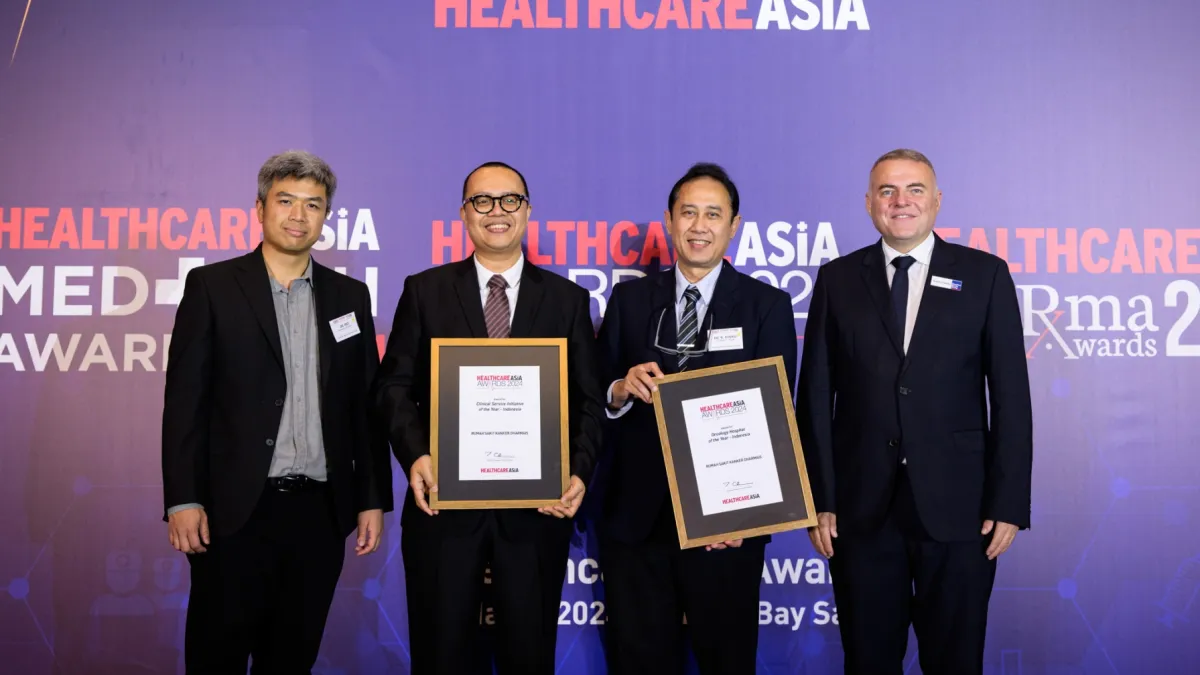
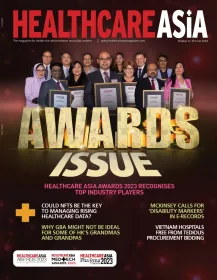
 Advertise
Advertise

